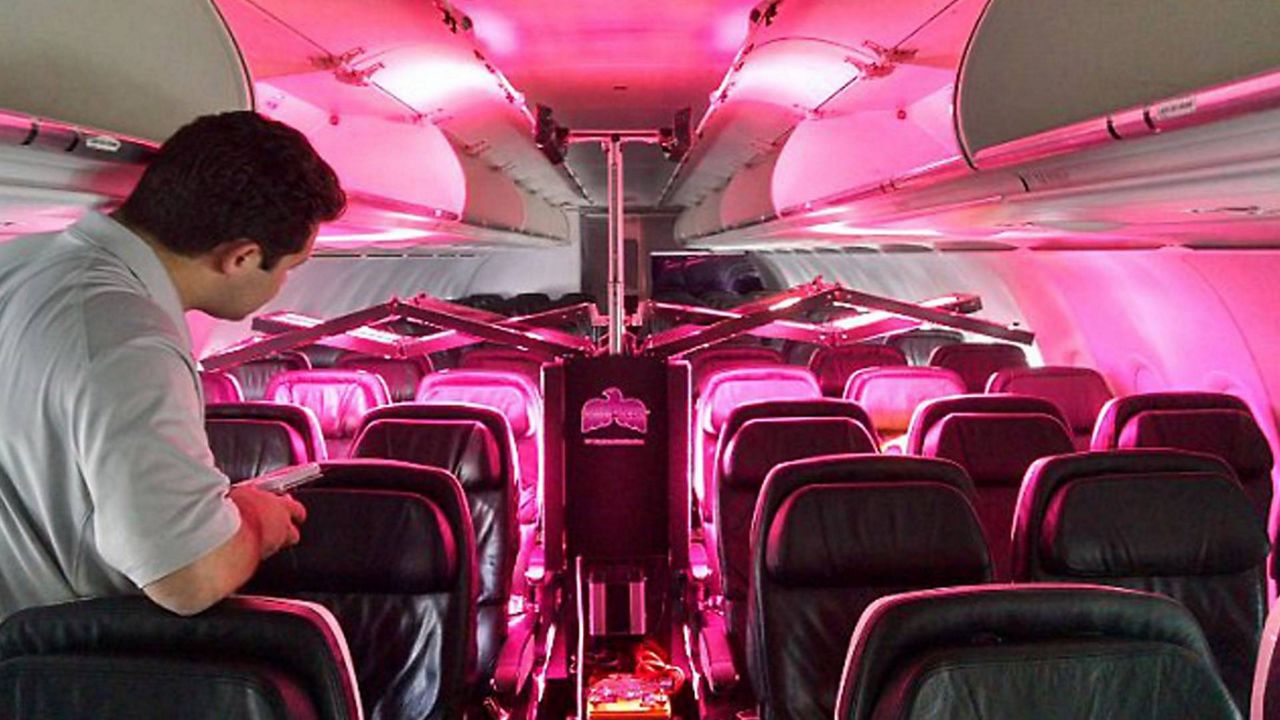LAS VEGAS — As devastating as COVID has been on day-to-day life and the economy, it’s spurred a silver lining when it comes to technology.
“When the economy is at its worst is when we tend to see innovation at its best,” said Steve Koenig, vice president of research for the Consumer Technology Association and presenter of the annual Consumer Electronics Show that kicked off Monday.
The evidence of that innovation is all around us, he said, with the pandemic-induced acceleration of e-commerce, telemedicine, streaming video, and remote learning — all of which were on “fast forward” in 2020 and will continue to pick up steam this year.
But there are several other technology trends that are playing out at CES this year, many of them also fueled by COVID-19, including digital health and robotics.
Sales of connected health monitoring devices, including app-connected products that track things like heart rate and blood pressure, are expected to increase 34% to $834 million this year, according to the CTA. While wearables have been a trend for several years, the spotlight this year is on devices that aren’t worn on a wrist.
There are literally dozens of exhibitors with such products at this year's virtual version of CES, from the Melomind anti-stress headset to an on-body sensor called the BioButton, which continuously monitors temperature, respiratory rate, body position, sleep, and activity state, and can also conduct a daily COVID screener based on CDC guidelines.
The use of digital health also extends to hospital settings with products like the Microsoft HoloLens smart glasses that allow doctors to socially distance from medical technicians while still collaborating on treatment.
Robots have been a popular theme at CES for years, but many of this year’s robotic helpers are helping with various aspects of COVID relief. Think disinfection robots with names like Germ Falcon and Xenex Lightstrike that roll into stores and airlines with UV light, or robot triage helpers that come to the aid of front-line hospital workers overwhelmed with patients.
“Hospitals not only see robots as an opportunity to help with triage, but to reduce the burden and possible infection and exposure rates in hospitals and among workers,” said CTA research director Lesley Rohrbaugh.
Robotics companies are also helping to make autonomous deliveries of food and medical supplies. Deployment of such systems has accelerated during COVID, as Rohrbaugh explained, citing a partnership between UPS and CVS to use Matternet M2 drones for medicine delivery to residents of retirement communities in Florida so that they don’t need to leave their homes.
“People are relying on technology to help live more normal lives in the wake of the crisis,” said Rohrbaugh.



